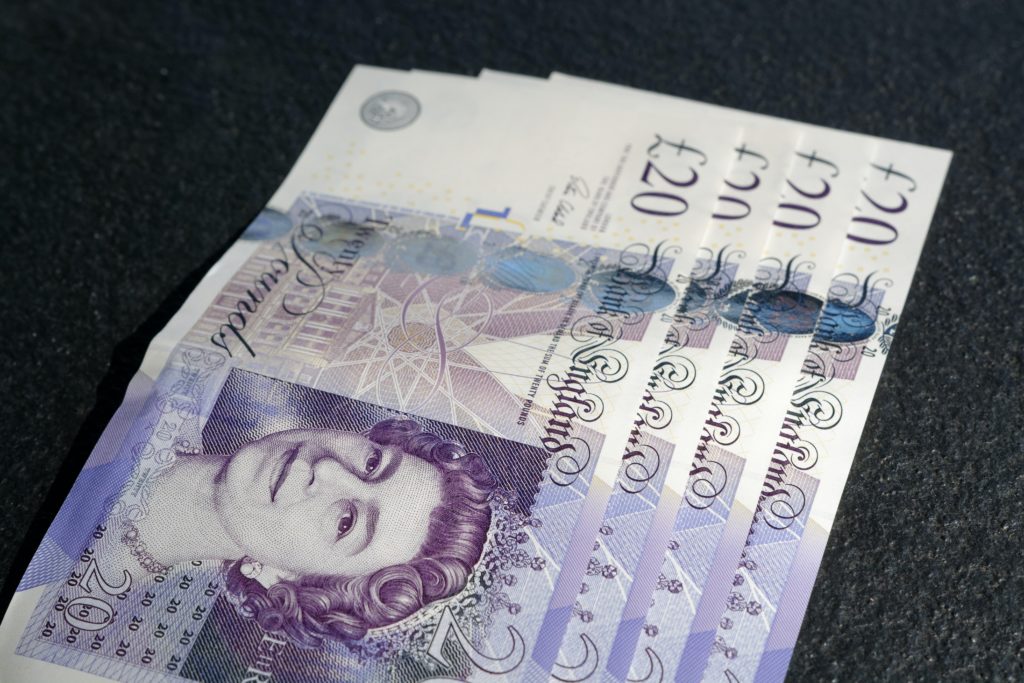In an ideal world, customers would never have any complaints and companies would never have any disputes. Unfortunately, this isn’t the case. While it may be an honest mistake on the part of the business owner, it can often become an expensive headache for businesses.
What is a chargeback?
A chargeback is when a transaction is reversed after a customer disputes a card transaction to secure a refund for the purchase. The transaction may have occurred in person or through a different payment method like an online payment system.
The customer’s payment card issuer will withdraw funds that were previously deposited into the recipient’s (in this case, the business) bank account. The funds are then returned to the original account.
If a business can prove that a chargeback is invalid, the chargeback can itself be disputed with the bank.

Is a chargeback the same as section 75?
Section 75 of the Consumer Credit Act is a legal protection you recieve when you buy something on a credit card. This makes the credit provider jointly liable with the retailer if something goes wrong with a transaction. It is however only applicable on credit card transactions over £100.
Unlike in America, where credit card chargebacks are enshrined in law through the Truth in Lending Act 1968 and Fair Credit Billing Act of 1974, chargebacks in the UK aren’t a legal protection. These are offered by credit card companies at their own discretion.
Anybody can apply for a chargeback if they bought faulty goods, a service wasn’t provided, the company went bust, or they were a victim of credit card fraud, providing they paid using one of the following card networks:
Debit Cards: Visa Debit, Maestro, Visa Electron, Mastercard Debit
Prepaid Cards: Visa, Mastercard
Credit Cards: (under £100): Visa Credit, Mastercard, American Express
It’s worth noting that there is a much shorter time frame for a customer to make a claim through chargeback.
How does the chargeback process work?
All chargebacks start with a purchase. If the customer is unhappy with the item or service, or it was fraudulently purchased, the customer has a time limit of 120 days from the date at which the transaction was processed to make a claim. Alternatively, if goods are being delivered, they have 120 days from the expected delivery date.
Once the customer has initiated a chargeback dispute, the issuing bank (the customer’s bank) reaches out to the merchant’s bank. Each chargeback is accompanied by a numeric reason code which explains why the customer is disputing the transaction.
In the case of fraud in particular, the merchant’s bank will then be asked to provide proof that the customer did in fact purchase and/or receive the item or service. This may include invoices, receipts or some proof of delivery. The cardholder’s bank will then decide if the transaction was valid.
If the purchase was deemed to be invalid, the customer will be refunded and the transaction amount will be permanently removed from the merchant’s bank account.
The key point to note here is that the customer’s bank will ask for money directly from your merchant’s account, cutting you out of the process, though you have a right to dispute the claim yourself.

Reasons for a chargeback
The reasons for a customer to request a chargeback are numerous. It isn’t always your fault. Here are some of the most common reasons:
- Business closure - A company enters administration so a product or service was not received by the customer.
- Goods not as described - The goods received were not as described or were defective.
- Goods didn’t arrive - The goods paid for were not received and the company refuses to issue a refund.
- Technical issue - This could be a processing error by the bank.
- Clerical issue - The customer has been charged multiple times or billed for the incorrect amount, or a non-matching card number or account number has been entered.
- Fraudulent transactions - The customer was the victim of fraud and did not authorise the purchase.
- Unrecognisable business name - An unfortunate chargeback reason, but customers will often initiate chargebacks if they find a business name on their bank statement that doesn’t match the one on the shop front, for example.
- Credit not processed - If a customer returns an item and a refund hasn’t appeared as quickly as they expected then they may initiate a chargeback.
How much can a customer claim for?
It doesn’t matter how much, or how little, the customer wishes to reclaim. However, for purchases over £100 when the customer has paid on credit card, the customer is more likely to use Section 75.

Fees for chargebacks
Every chargeback you receive is coupled with a non-refundable chargeback fee from the merchant’s acquiring bank. Chargeback fees can vary considerably, with the amount charged determined by the goods or services that were offered. The acquiring bank and processor both have a say in the amount. Fees generally range from £20 to £50, but if your business is considered to be ‘high risk’, you may face even higher fees.
It’s worth noting that if your business’ chargeback rates remain above the acceptable threshold, the acquiring bank could simply terminate your merchant account and your ability to process credit card payments could be revoked. That’s why it’s crucial that you do everything that you can to reduce the likelihood of receiving chargebacks.
How to reduce chargebacks
While there’s no guaranteed way to prevent chargebacks, merchants can take some preventative measures to reduce the likelihood of certain kinds of chargebacks from happening. These include:
- Obtaining a customer signature for in-person purchases, particularly when ‘swiping’ a card.
- Request a valid ID before certain credit card purchases, and keep proof of credit card orders.
- Have a clear, easy-to-understand return policy which explains how long it may take for a refund to be processed.
- Use a clearly recognisable business name that will show up on credit card statements.
- Require a signature on delivery, or use a delivery service that provides proof of delivery.
- Train all employees thoroughly on procedures for card-present and card-not-present transactions.
- For online orders, make sure to use a payment gateway or online payment processor that uses an Address Verification System (AVS), CVV2, or checks the customer’s phone number to reduce the likelihood of fraud.
- Describe all items fully and accurately. If a customer receives a product that does not match the description, they have strong grounds for a chargeback claim.
- Respond promptly and courteously to any customer service requests.
Check out our blog on how to reduce chargebacks for more information.
Conclusion
Chargebacks can be stressful and expensive, especially for small businesses, but they are ultimately in place for consumer protection.
You’ll be reassured to know that banks look less favourably on claims made by customers who frequently ‘cry wolf’, known as ‘friendly fraud’, so abuse of the system is less likely to happen than you might think (though it is more of an issue for ecommerce sites).
That said, there are plenty of steps you can take to reduce the number of chargebacks you receive yourself.


